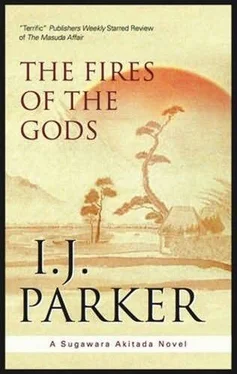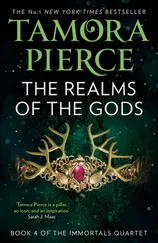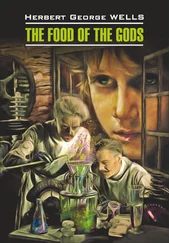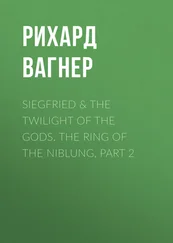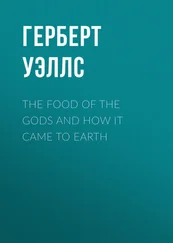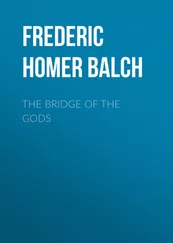The native Shinto religion coexisted peacefully with Buddhism, which was a later import from China. That Akitada should have visited a Buddhist monastery headed by an abbot with imperial blood was by no means an uncommon case. Many emperors and princes took clerical vows. Some of the Buddhist temples shared space with important Shinto shrines, and emperors made pilgrimages to worship at both. Akitada encounters a Shinto shrine virgin and a Shinto priest. Shinto kami, or gods, are closely related to the imperial descent and to rice culture. Imperial princesses always served as virgins at the important Ise and Kamo shrines. But there were many shrines and many kinds of female attendants. Some were shamans and could be powerful and dangerous because they transmitted the words of the kami. They were adept at casting spells, foretelling the future, speaking for the dead, and exorcizing evil spirits. Akitada’s reservations against hiring a female shaman illustrate the fact that many of these women wandered the country, engaging in licentious behavior and earning a living by fortune-telling and public dancing.
Marriages in upper classes were polygamous: that is, a husband could have many wives. They held different ranks, depending on their backgrounds, and some were merely concubines. In addition, men frequently carried on outside affairs. Marriages could also be dissolved on the husband’s word. But women were able to own property. That fact and the influence of their fathers protected them to some extent. Those without personal wealth or family protection did not fare so well. Lady Kiyowara is Kiyowara’s first lady because she belongs to a powerful family on her own account, and her son is the heir even though he is not the firstborn like Tojiro, the son of a lower-ranking wife.
The rituals performed to assure the safe birth of Tamako’s child involved Buddhist and Shinto rites and clerics, as well as the popular customs associated with keeping evil spirits at bay. For a more complete description of such parturition rites, see The Diary of Murasaki Shikibu, where Lady Murasaki describes in detail the activities accompanying and following the birth of an imperial child. Many of these had to do with the fact that childbirth was considered one of several forms of pollution (death was another) and the belief that a woman in labor was a favorite prey of all sorts of evil spirits.
